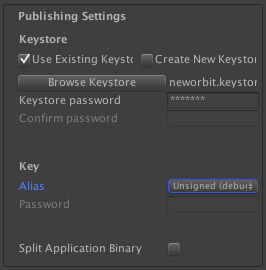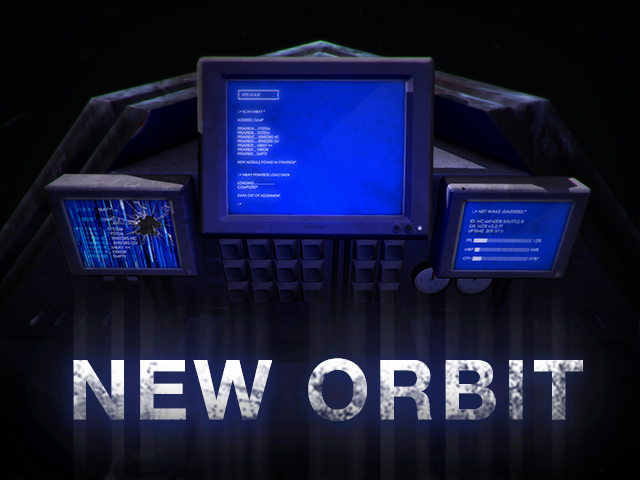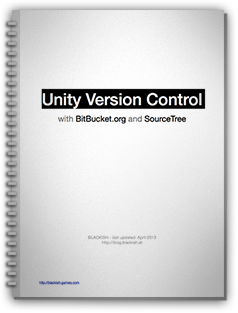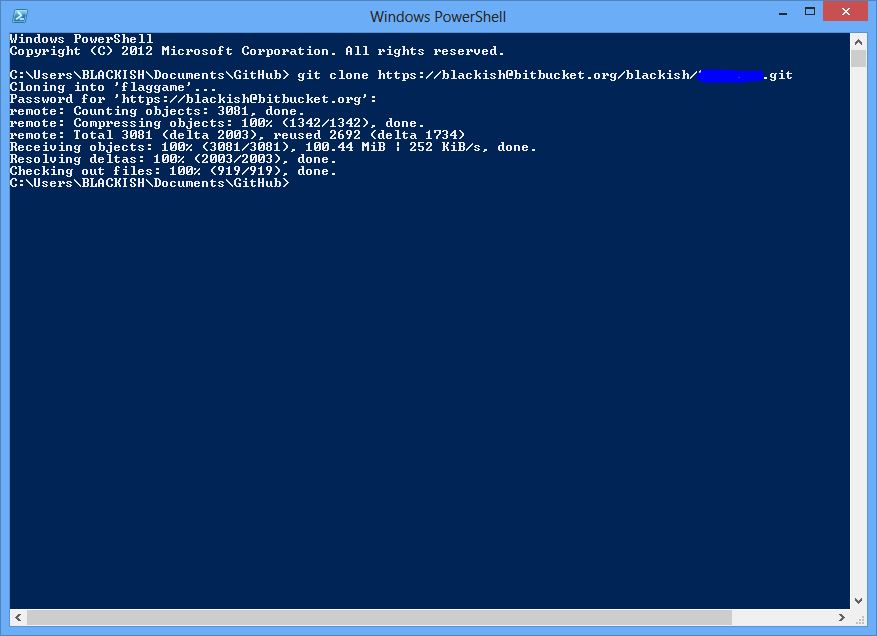Disclamer: Yes, I might be overreacting. Perpetual licenses are still available, David Helgason says people asked for this and it seems there really is a small group of people/companies who gain an advantage from this (see comments). If it’s just that (a not super-flexible but somewhat cheaper way to get Unity Pro licenses for companies that need additional licenses for a short amount of time) then all is well. If it’s an evil plan to go all Adobe on us, then it might still work, but you have been warned…
I’m not against subscriptions per se. I can see situations where a software subscription could be benefitial.
- Have a big project and need 2 additional seats for just 3 months? Subscription!
- Need an Android Pro license for just this one project? Subscription!
I also see that cutoff-points for new versions are harder to justify if you’re nice enough to constantly push new features instead of holding them back for the next big release.
With a subscription you know in advance when you have to pay and how much. That can be convenient.
I guess software subscriptions could be alright. But this model is not. Subscription suggest flexibility, but at a minimum duration of 1 year we can forget about that. I stand by it – this is not good for anyone. (Edit: You know, except for the part where I took a step back, edited the title and added a disclaimer)
Let’s talk about the pricing.
I’ve been using Unity for about 5 ½ years now. All in all I’ve spent ca. EUR 3815,- on it. That’s around EUR 700,- per year.
Subscription costs EUR 57,- per month, so EUR 684,- per year. (If I stopped right there that would sound good, right?) But after the big initial investment I’ve been paying under EUR 1000,- every TWO years for upgrades. Read: Under EUR 500,- per year. And that is for Unity Pro with iOS Pro.
– The subscription for iOS Pro costs an additional EUR 57,- per month, so that would make EUR 1368,- per year.
EUR 500,- =VS= EUR 1368,-
That’s EUR 1368,- per year and you own shit. (Limited time offer!)
Ok, so existing customers shouldn’t buy it. What about new customers?
If you buy Unity 4 Pro with iOS Pro today you pay EUR 2280,-. If they stick to the 2-year release cycle you have a year left, then you can upgrade to Unity 5 Pro with iOS Pro for about EUR 1000 (maybe a bit more) and use that for 2 years. So, EUR 3280,- for 3 years if you buy. EUR 4104,- for 3 years if you subscribe. EUR 4280,- vs. EUR 6840,- after 5 years.
If you have only a year left to live and you want to spend it working in Unity, by all means – subscribe! In all other cases…
But here’s why this subscription thing worries me so much…
It points in a very uncomfortable direction. I know Unity has a pretty good track record, they’re a nice company full of nice guys and girls. I hear even their investors are so nice they don’t care at all about their money.
I want Unity to stay a nice company. And I’m more than willing to pay my share to make it so.
But I’m starting to smell evil…
A subscription model could have been a nice, flexible and cheaper way to get people started with Pro (sure, somewhat more expensive in the long run, no problem), with nice options to upgrade to the full version when you subscribe long enough… But no. As it stands now it looks like a silent first attempt to squeeze more money out of us customers. And believe me – If the subscription model promises a lot more money, the next step will be to incentivize me to switch to said subscription model.
- Shorter release cycles?
- Subscription-only features?
- Higher prices?
- Who knows…
If they want EUR 1368,- per year for a subscription, does that suggests they think that that’s about what every serious Unity Pro user should be willing to pay?
Is Unity (the application) growing more and more powerful? Sure.
Am I using most of the new features? Nope.
So maybe Pro just isn’t for me anymore?
But then who’s it for? The big studios?
Is it no longer for small full-time indies like me? You know, the ones they’ve been going on and on about? The ones they want to empower, etc., etc.?
If their plan is to make the bigger studios pay for the development and give me everything I need for free, then I’ll say sorry and send them flowers. But as it stands now I need some Pro-only features and I’m happy to pay EUR 1000,- every other year, but much more than that would hurt. I need other software too. I need all kinds of hardware to test on. I need to pay the rent and I need to feed a kid. Some suggest I might even need a vacation.












